Mexico’s national drink is poised to become America’s most valuable. Here’s what you should know and, more importantly, what you should be drinking.
The Mexican Revolution ended more than a century ago, but the country’s most famous spirit is currently enjoying one of its own. Late last year, a leading drinks-market analyst projected that the monetary value of tequila sales in the United States would overtake both American whiskey and vodka by the end of the year, making it the country’s most valuable spirit category. Looking beyond U.S. borders, the global tequila market is even more lucrative, with Mexico’s total tequila production valued at more than $8 billion.
Such economic vitality explains the surge of new tequila brands in recent years. At the end of 2019, for example, Tequila Matchmaker added 181 new labels to its database. Since then, other reports suggest that nearly 200 brands have debuted annually, bringing the total number of tequila brands beyond 2,300.
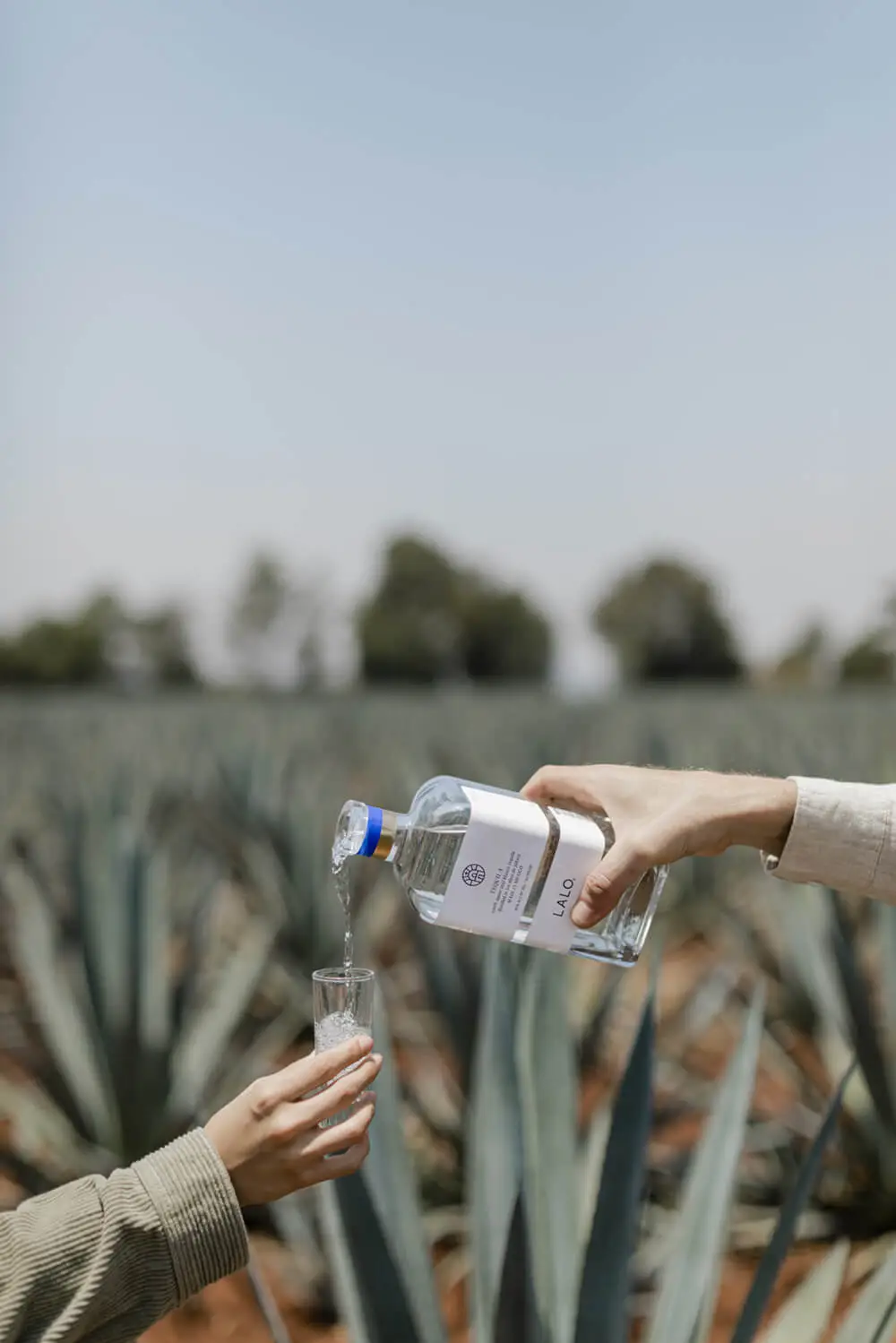
In other words, tequila is hot! It just doesn’t drink that way anymore, at least not at the artisan/craft level where most of these new brands exist. Yes, specific mandates regulating how and where tequila is made remain: Its production is limited to five Mexican states—Jalisco (where the town of Tequila is based) is the epicenter of that production—and only Agave Azul (the Blue Weber agave plant) can be used in its distillation. Nevertheless, the category is teeming with a diverse array of aromas and flavors.
If you’re holding onto any trauma from a regrettable tequila experience in the past—one that likely involved a hurried gulp followed by a lick of salt and a squeeze of lime—you owe it to yourself to give the spirit a second chance. Similarly, if you’ve only known tequila by way of the margarita, now’s the time to venture forth and explore. There’s no shortage of well-crafted sipping tequilas that will kindle a love affair with the unmistakable flavor of distilled agave. Even knowledgeable tequila aficionados are discovering new producers and expressions worthy of their time and money.
Here’s a close look at the many tequila categories that currently exist, along with some notable producers.
PURE AND SIMPLE
Blanco (or silver) tequila is the foundational pillar upon which all other expressions of the spirit are built. Silver or clear because they spend little to no time in wood casks, exceptional blancos are celebrated by those who love the bright, herbaceous flavor of agave. Lalo ($50), for example, is an easy sipping tequila that smells of sweet honeysuckle and fresh melon aromas, though it’s subtly floral in flavor with a touch of peppery spice. Loco ($135), by contrast, is equally sweet and floral on the nose, but delivers bolder agave-focused flavors balanced by bright citrus character.
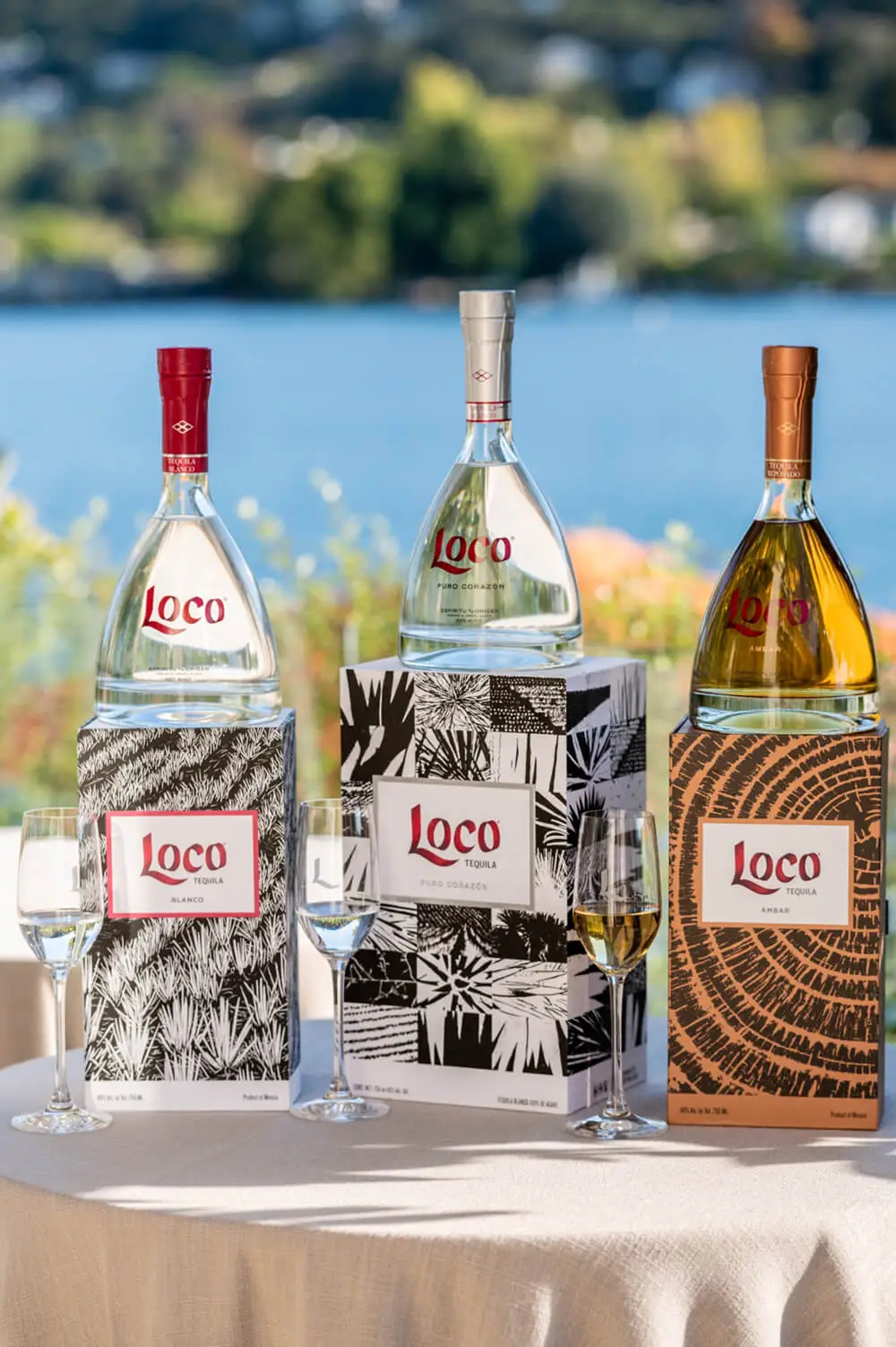
A subset of this category, “still strength” tequilas are growing more popular and make attractive mixing options, especially for those who enjoy a margarita with more assertive character.
Fortaleza ($55) and Suerte ($70) are two standouts: The former is 6 percent stronger than a standard blanco and pairs its agave flavor with the subtle taste of lime; the latter is a whopping 12 percent more potent and introduces hints of lemongrass.
CASK INFLUENCES
Once tequila matures for at least 60 days in oak, it will fall into one of three distinct classifications: reposado, añejo, and extra añejo. The longer a tequila ages in the barrel, the more oak influence is imparted into the liquid. This is often represented by flavors of vanilla, caramel, and butterscotch, not to mention amber hues that typically darken the longer the spirit ages.
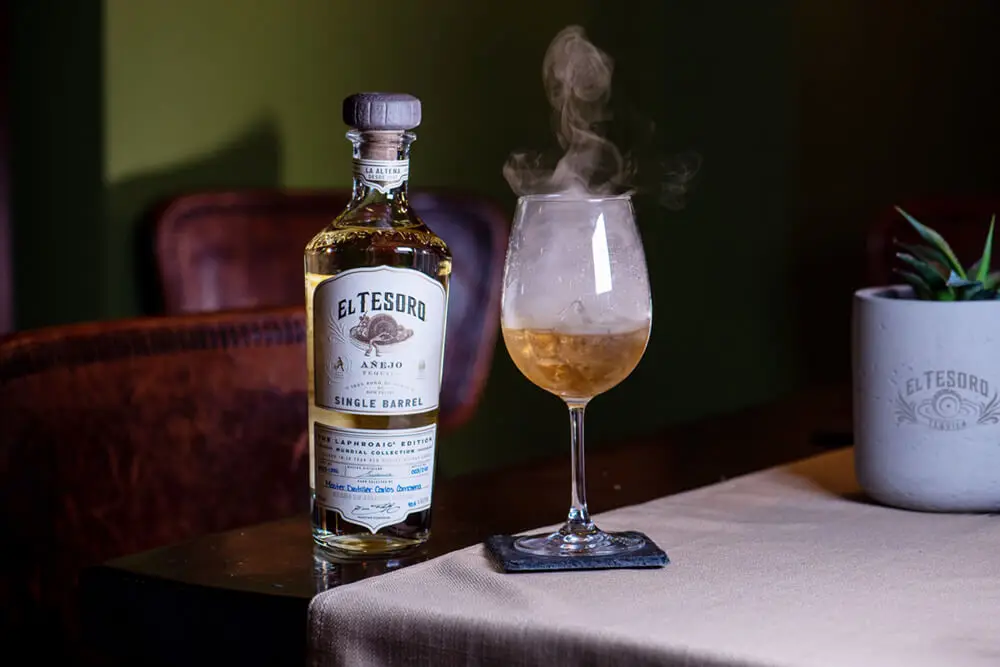
For that reason, reposado tequilas, which are aged between two and 12 months, are among the most desirable to those who don’t want the crisp agave flavor overshadowed by barrel influences. They’re also tequilas that will easily appeal to consumers who typically enjoy Irish whiskey.
El Tesoro Reposado ($65) is a solid example, though it’s one that shines best as a base for cocktails. Jose Cuervo Reserva de la Familia Reposado ($80), on the other hand, is an elegant blend of vanilla, caramel, and vegetal agave character that lingers on the finish. (This is not your standard Jose Cuervo tequila. Instead, it’s a top-shelf expression that’s representative of the elegant tequilas the Cuervo family produced long before they began exporting—and mass-producing—spirits for the U.S. market.)
Añejo tequilas, which are aged between one and three years, are more likely to appeal to fans of rye whiskey, as the barrel notes are more prominent but the presence of agave can sometimes deliver a spice-like undertone. Within this category, Tequila Ocho Anejo ($70) and Don Fulano Anejo ($80) are can’t-miss options. Tequila Ocho delivers those predictable tequila flavors with hints of cinnamon. Don Fulano, which is aged in French oak casks, brings more sweetness to the party with subtle traces of milk chocolate.

If you’re a bourbon drinker, you’ll likely be drawn to extra añejos, which are matured in oak for a minimum of three years and laden with sweet oaky flavors. The downside is that the distinctive agave flavor of the tequila can easily be overpowered in an extra añejo that isn’t judiciously made. That’s how prominent the wood-imparted flavors can become. San Matias Gran Reserva ($65) is an extra añejo that delivers prevalent vanilla notes without losing the agave character, which makes it a steal given its suggested retail price. Laneta Extra Añejo ($170) drinks smooth with lots of barrel character and a touch of agave flavor, making it a sweet end-of-the-meal pour. Tequila purists, however, may find its agave essence too subtle.
OPTICAL ILLUSIONS
Within the past five years, the cristilano category has blossomed. The clear color of these aged tequilas belies their maturity, and that’s the point. In essence, a cristilano tequila is one that’s been barrel-rested for at least two months then charcoal filtered, which scrubs away much of the natural color that the casking imparts. The final product is typically luscious and smooth, with some agave character, although the spirit is often devoid of the pepper-like quality that the agave plant can sometimes provide. Penta Diamante ($100) is a stellar example of a cristilano reposado, delivering an equal marriage of vanilla character and “green” herbaceous flavors. Volcan de mi Tierra ($80) is a cristilano añejo, meaning it’s aged for longer yet surprisingly showcases an even more vibrant agave quality.
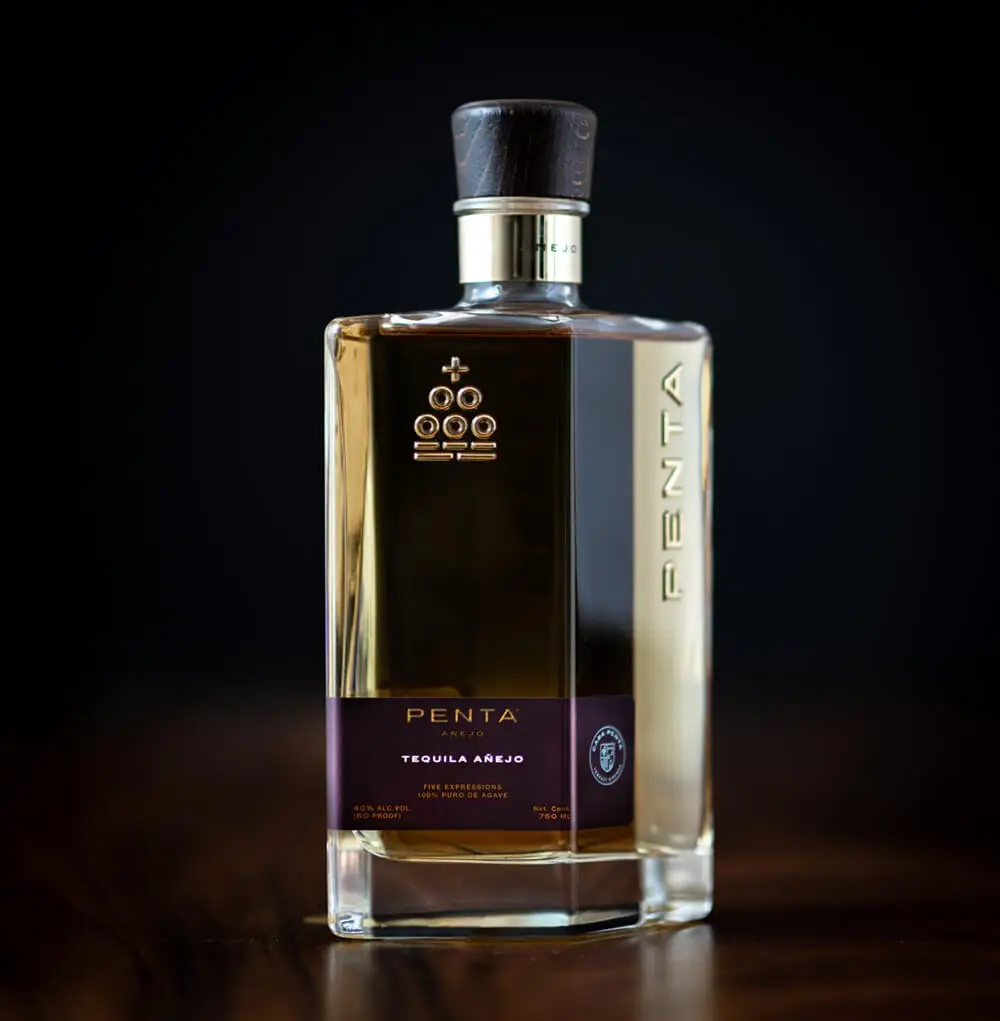
GOLDEN PROMISES
Another emerging category is “gold” tequila, which is typically made by combining numerous tequilas of various age. Think of these like blended whiskies or non-age-statement single malt Scotches, where maestro tequileros (master tequila makers) mix their stocks together to create a smooth and flavorful finished product. But beware, “gold” tequilas can also be made by adding artificial colors and sweeteners to unaged spirit. While tequila brands aren’t required to disclose their use of additives, websites such as Taste Tequila have created annual opt-in programs where brands open their facilities for inspections. Last year, more than 100 tequila brands participated in Taste Tequila’s program.
Notable offerings in the gold category include Clase Azul ($300), which imparts juicy fruit aromas—think white grape and pear—and is strikingly rich in honey notes on the palate. Comparatively, Cincoro ($350) introduces more citrus aromas (think grapefruit zest), while its flavor is distinctively more agave-forward.
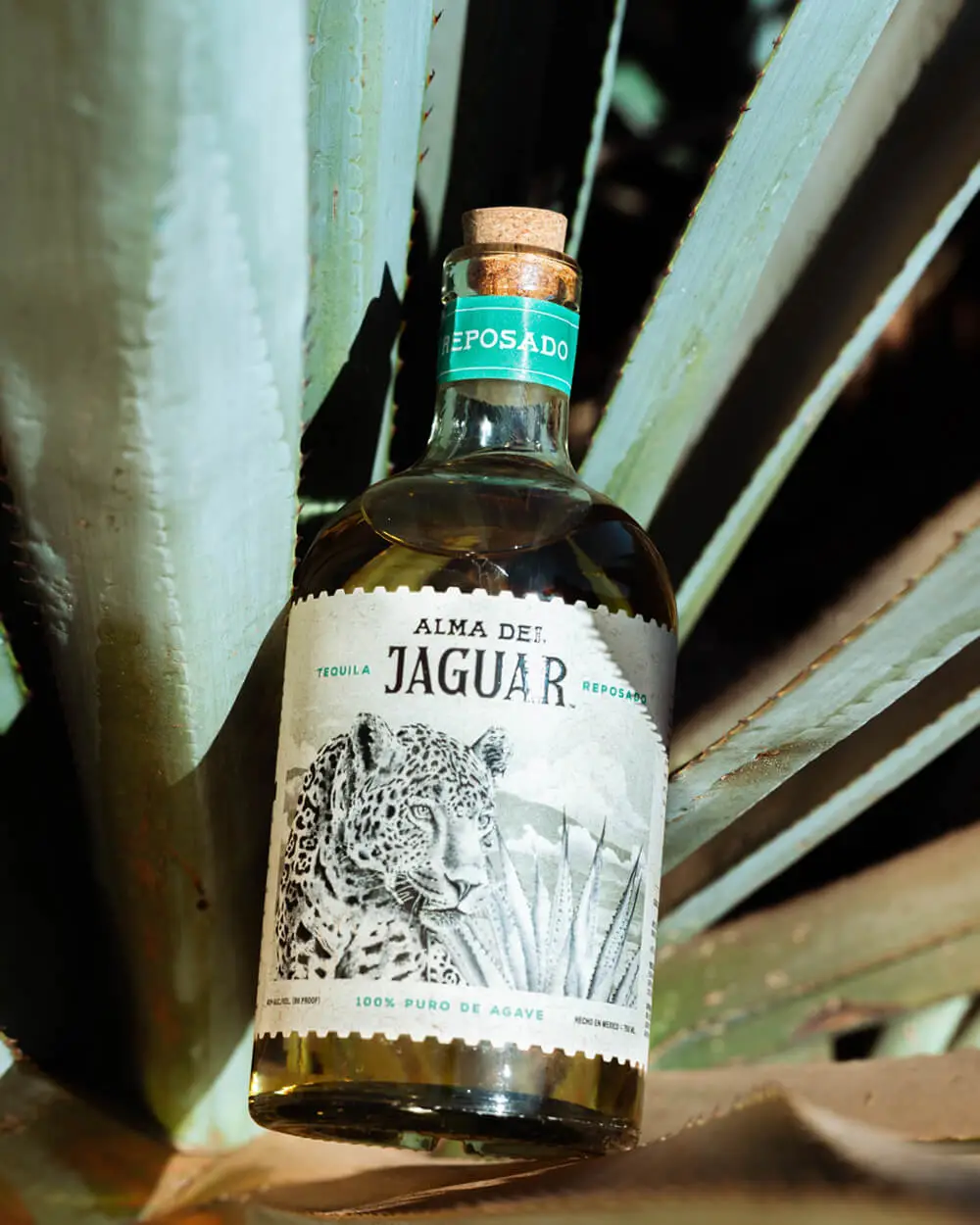
JUST ANOTHER TEQUILA SIDEBAR
If your only tequila experiences are by way of a margarita and you’re happy keeping it that way, there are still a couple of things you should know. In the context of that cocktail, the big-name tequila brands are all relatively the same: Mixing a couple ounces of tequila with lime juice, agave syrup, and Cointreau, for example, then sipping from an ice-filled glass with a salted rim, you won’t notice much (if any) difference between Patron, Don Julio, Casamigos, and the like.
What will influence that margarita is the type of tequila used: A blanco best showcases the citrus character of the cocktail; reposado, on the other hand, introduces a touch of brown sugar sweetness; and añejo layers that brown sugar with discernible vanilla character.
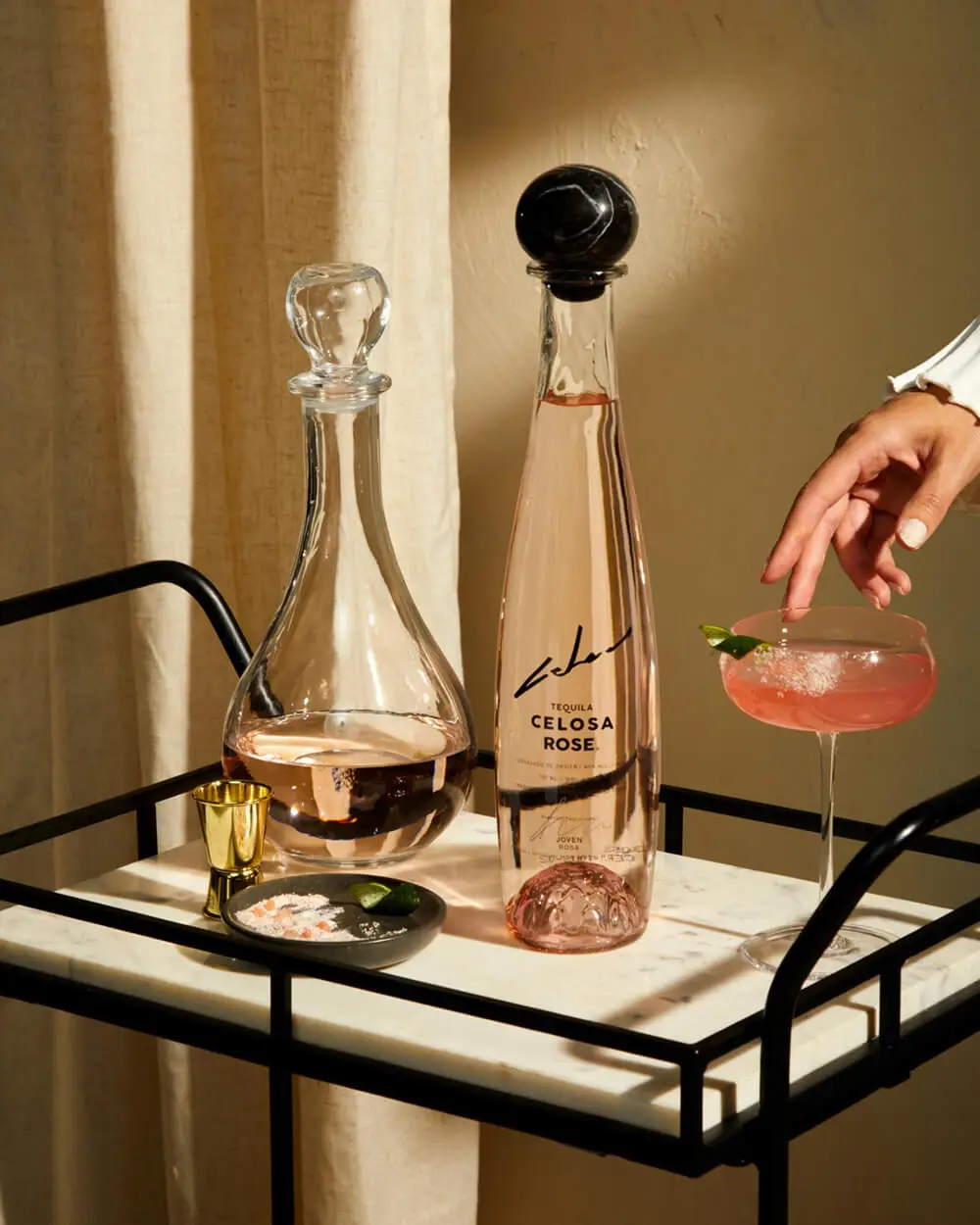
There are profound tequila-based discoveries to be made—and enjoyed—venturing beyond the margarita to a straight pour. While tequila is made from just a single species of agave and only in a handful of Mexican states, it’s perhaps the most wine-like of all major spirits. After all, it’s the goal of maestro tequileros to express the agave plant’s organic flavor, which subtly changes based on where those agave plants are grown.
Unlike the mass-produced tequila brands, craft producers work in small batches, giving them more control over the quality and flavor of the end product. They also typically utilize traditional cooking methods, such as slow-roasting agaves in brick ovens, and they’re purposeful in their selection of which agave plants to use (evaluating size, maturity, and overall flavor). All of this impacts the price of a bottle, but those details matter and the differences can be striking. Most “big label” tequilas are somewhat flat, their agave flavors muted; small-batch expressions, on the other hand, can be crisp, vibrant, and bold.
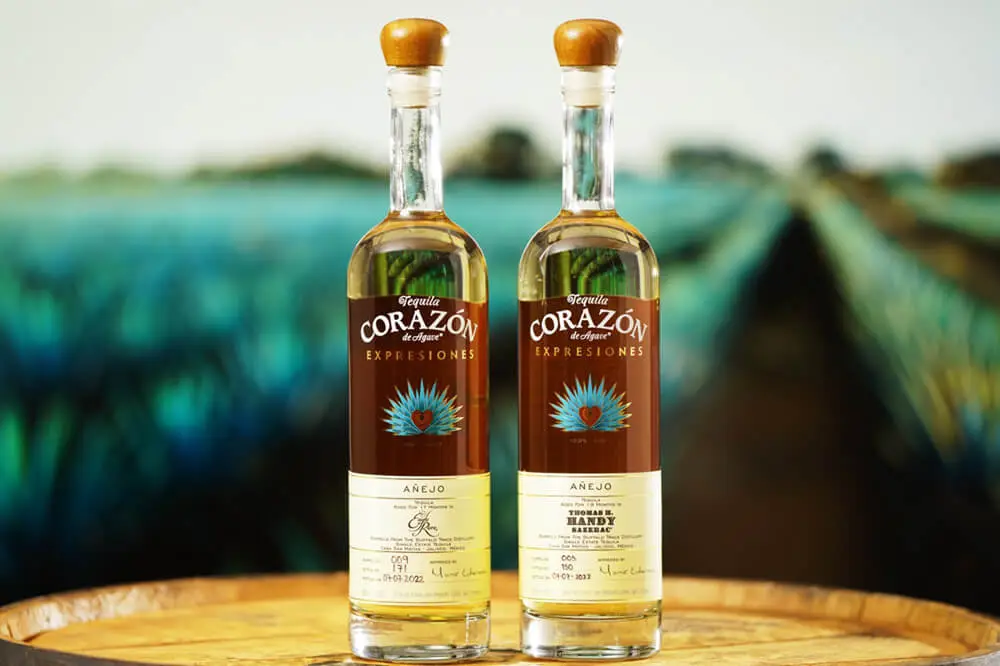
There’s no shortage of craft cocktail bars with good collections where you can request small measures of tequila au naturel to gauge your preferences. We recommend starting with reposados or añejos, since their barrel maturations lend a touch of sweetness to the agave. Then, when you take a sip, let it linger on your tongue for five seconds or more. Move the liquid around in your mouth, engaging all of your taste buds. Not only will this help quell the burn of the alcohol, it will allow you to taste the full depth of the spirit’s flavor.
Thank you for supporting our journalism. If you prefer to read in print, you can also find this article in our 2024 Premier Properties Guide.





